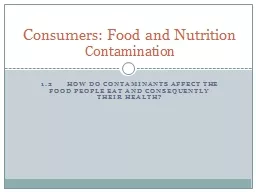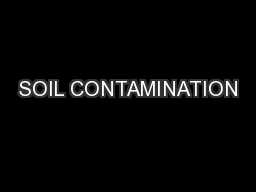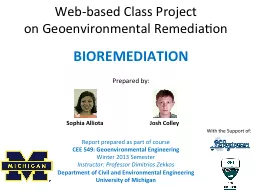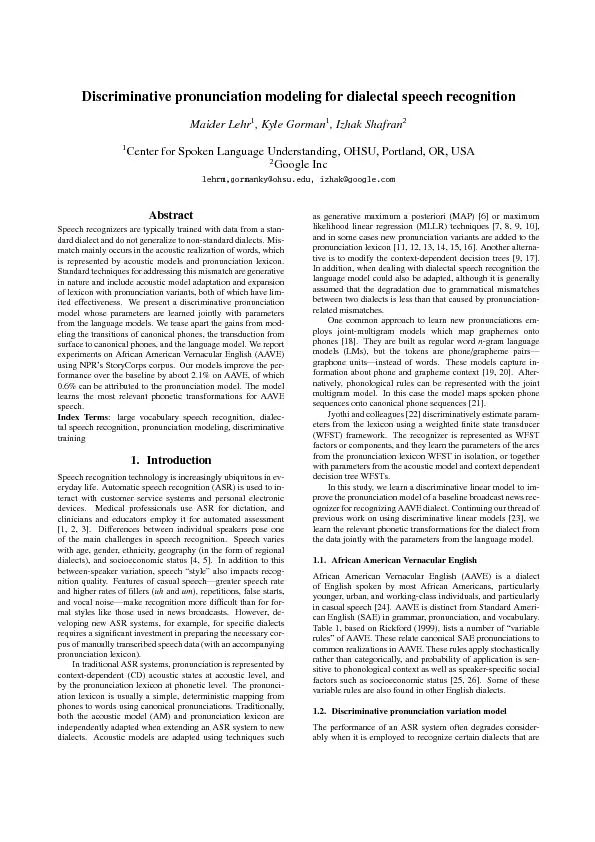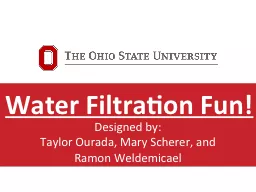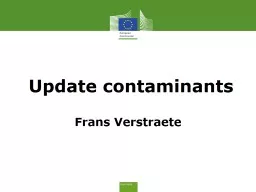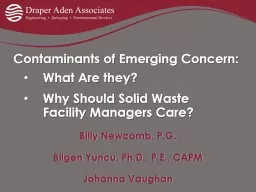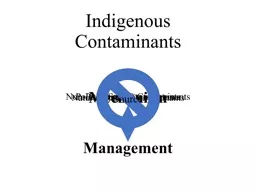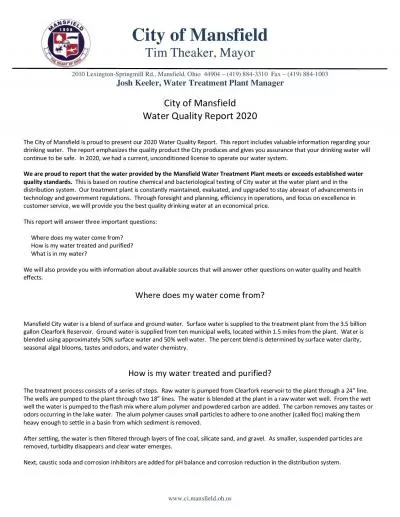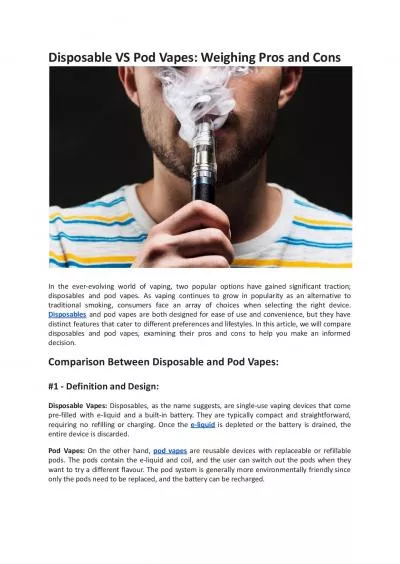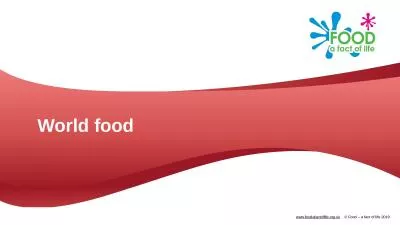PPT-1.2 How do contaminants affect the food people eat and cons
Author : tawny-fly | Published Date : 2018-01-19
Consumers Food and Nutrition Contamination Food Poisoning Food poisoning comes from eating foods that contain germs like bad bacteria or toxins which are poisonous
Presentation Embed Code
Download Presentation
Download Presentation The PPT/PDF document "1.2 How do contaminants affect the food ..." is the property of its rightful owner. Permission is granted to download and print the materials on this website for personal, non-commercial use only, and to display it on your personal computer provided you do not modify the materials and that you retain all copyright notices contained in the materials. By downloading content from our website, you accept the terms of this agreement.
1.2 How do contaminants affect the food people eat and cons: Transcript
Download Rules Of Document
"1.2 How do contaminants affect the food people eat and cons"The content belongs to its owner. You may download and print it for personal use, without modification, and keep all copyright notices. By downloading, you agree to these terms.
Related Documents

